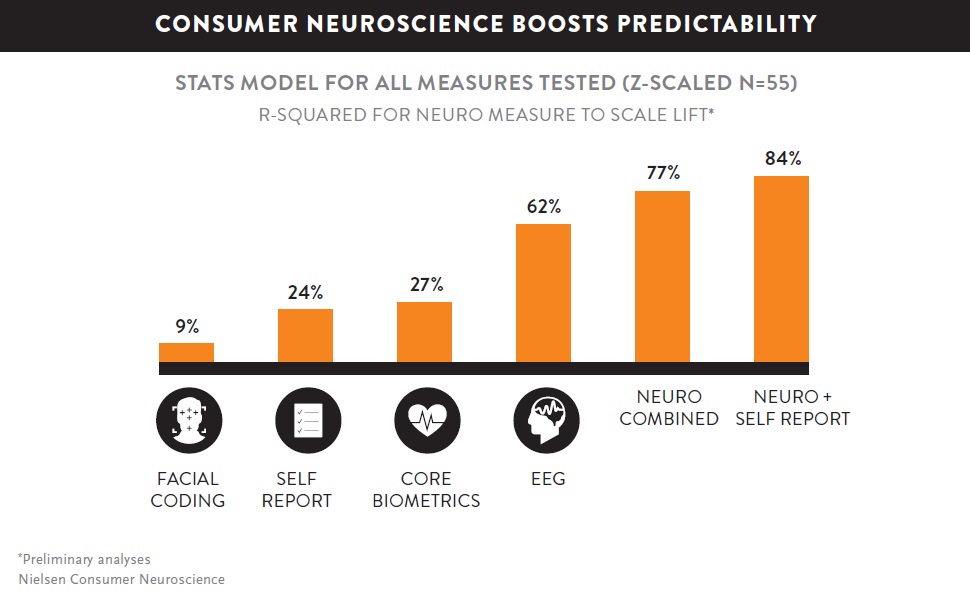Numbers have long been known to be coldly accurate but thoroughly incapable of assessing softer aspects like emotions and feeling. However, ensuring that audiences connect with brand messaging is the next frontier of effective measurement.
Today’s consumers access content across myriad media, but consumers in India continue to view television commercials to be among the most trustworthy sources of advertising. Given the prevalence of TV in consumers’ lives, however, viewers are bombarded with more ads than ever, making it that much more difficult for brands and agencies to create commercials that truly connect with their audiences. So what’s involved in building that connection?
The media industry has a long history of measurement solutions that assess an ad’s impact on its intended audience—understanding what works and what doesn’t. But they don’t determine whether an ad creates an emotional connection with the viewer. This represents a significant opportunity for marketers because studies show that purchase decisions are driven by emotions.
MEASURING EMOTIONS
Emotions are intangible, and measuring them is no small task. Direct response surveys can be misleading because they presume that respondents can accurately verbalise their emotions. Verbal responses require respondents to express, and therefore rationalise, their emotions as feelings. Emotions are instinctive reactions to external stimuli, whereas feelings are the mind’s interpretation of those emotions; and are therefore, subject to personal bias, culture, setting, past experiences and ingrained beliefs. Moreover, many emotions don’t break the surface of conscious awareness, making it impossible to be interpreted as feelings.
For many modern researchers, using techniques that can directly measure neurological and biological reactions are the best way to evaluate emotions. These reactions can include heart rate, sweat, posture, facial reactions, electrical impulses in specific regions of the brain, etc. Those techniques are collectively referred to as neuroscience, and recent technical innovations in this field are helping break new ground in our understanding of consumer behaviour. They’re also setting a new standard for ad testing.
USING NEUROSCIENCE FOR AD TESTING
Neuroscience provides a deep, clear view into the real world—the real-time reactions of consumers at the most elemental level: their brainwaves. The human brain reacts to stimuli in milliseconds, and by capturing these reactions deep within the subconscious, consumer neuroscience can reveal exactly how consumers perceive brands, marketing and the message—at the most granular level. Pure, instantaneous, unfiltered responses measured at the subconscious level of the mind offer far more accurate and reliable insights than other consumer research methodologies.

For more details, download the full report (top right).



